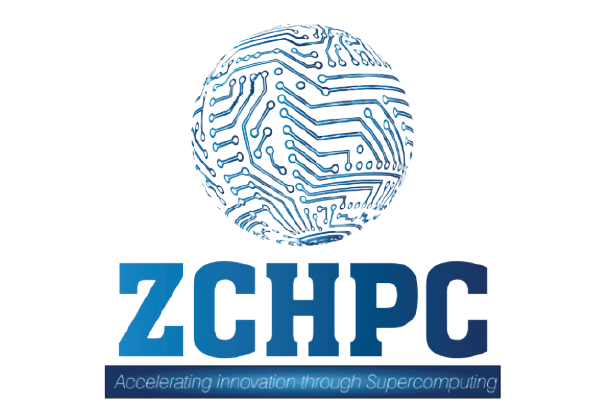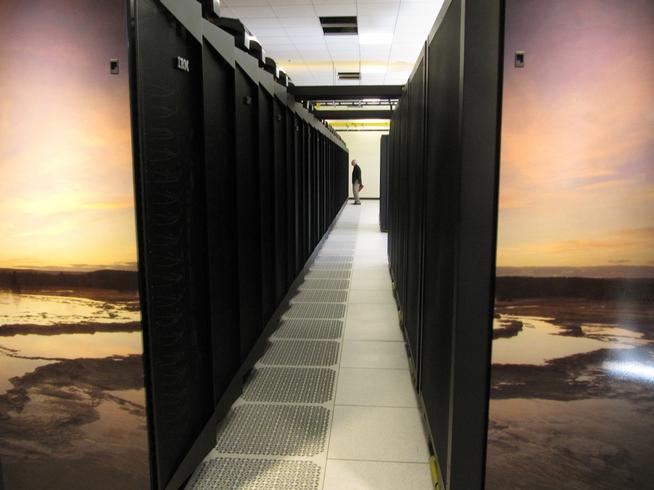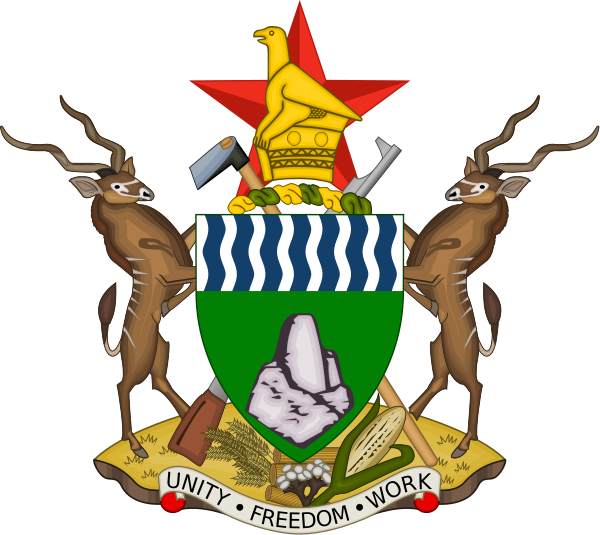The National Center for Atmospheric Research in Boulder is getting a new supercomputer that is 2 ½ times more powerful than the federal agency’s current IBM computer called Yellowstone. Above, Matthew Hirschland, communications director for the University Corporation for Atmospheric Research, stands at the end of two rows of processors that make up a small part of the Yellowstone supercomputer on the outskirts of Cheyenne. (Associated Press file)
National Center for Atmospheric Research’s new system in Wyoming will be 2.5 times fasterThe Cheyenne system, which costs more than $30 million and will be built by California-based Silicon Graphics International Corp., is 2½ -times faster than the federal agency’s current IBM computer, dubbed Yellowstone. It uses less energy and takes up just one-third of the floor space.
The computer will be housed in NCAR’s Wyoming office, which was opened three years ago in Cheyenne because its Boulder facility was getting too small. Parts will start showing up at the office this spring, and the new computer will become fully operational around January 2017.
“This machine has twice as many processors and 2.5 times the peak mathematical speed of the existing machine,” said Rich Loft, NCAR’s director of technology development.
Its 5.34-petaflop system can make 5.34 quadrillion calculations per second — that’s 15 zeros after the one.
“We thought the old machine was really marvelous,” Loft said. “It’s at 1.5 quadrillion (calculations). But if you have billions of pixels that represent the atmosphere” that’s not enough.
Powerful computers for the weather industry are similar to powerful telescopes for astronomers, Loft said. Stronger telescopes let scientists see more details farther away. Faster computers help weather scientists more accurately map terrain and study the Earth and other physical data.
That helps them calculate the route of a hurricane, for example, and what might send it in a new direction or possibly degrade it.
“NCAR’s role is to improve the underlying physics,” Loft said, adding that this is unlike predicting the stock market, which is based on statistics or history. “Here, we’re trying to use the basic laws of physics as we understand them and put them in a computer and run them in a world with those laws.”
Take Hurricane Sandy, which made a left turn into New Jersey and transformed into a “superstorm.” “If we had just the history to predict this, we would never have predicted it,” Loft said. “The laws of physics predicted it. That kind of event you don’t get from understanding the past.”
Over time, computers’ ability to process data has improved the accuracy of forecasts by a couple of days. Loft estimates that since the 1970s, accuracy has improved one day per decade.
“If you look at the ’70s or ’80s, we were at the two-to-three day level of correctness,” he said. “Now that’s moved out to beyond five days to a week.”
Better access to data means better ability to predict surprise storms. For example, Hurricane Patricia went from a tropical storm to a Category 5 event in 24 hours, smacking Mexico and flooding Texas.
This series of images, based on a research project run on the Yellowstone supercomputer, shows order and chaos in the Sun’s interior dynamo. Turbulent plasma motions, shown in image a, generate a tangled web of magnetic field lines, with opposing wreaths of magnetism pointing east (red) or west (blue). Images b and c provide a better look at the magnetic wreaths. (Courtesy of Kyle Augustson, NCAR)
This series of images, based on a research project run on the Yellowstone supercomputer, shows order and chaos in the Sun’s interior dynamo.
This series of images, based on a research project run on the Yellowstone supercomputer, shows order and chaos in the Sun’s interior dynamo. Turbulent plasma motions, shown in image a, generate a tangled web of magnetic field lines, with opposing wreaths of magnetism pointing east (red) or west (blue). Images b and c provide a better look at the magnetic wreaths. (Courtesy of Kyle Augustson, NCAR)
“It went from ‘board up your house’ to ‘flee for your life,’ ” Loft said. “Fortunately, the hurricane hit a less populated area of Mexico. Imagine that bearing down on New York City or New Orleans. That would have caused a large loss of life.”
Loft mentioned a few reasons why Patricia took forecasters by surprise. Even with supercomputing power, they can’t model every single raindrop. They approximate.
“If you do too many wrong approximations, you get a wrong answer,” he said. “If I just cranked up the resolution in the model, would I have gotten a better result on Patricia? One of the things we learned is that it’s a little bit of both of those things.”
Today, forecasters take those approximations and run several scenarios that are a tad off from one another. If forecasters do 30 possible futures, and 18 end up with a storm and the other 12 don’t, “this gives me the odds the storm is going to form,” Loft said.
He admits that there is a limit to computer-based forecasting. NCAR isn’t near that limit yet.
“The system is inherently, at some level, unpredictable. And by that, I’m going to sound like Dr. Grant in ‘Jurassic Park,’ the whole notion of chaos theory of why you can’t have a dinosaur park,” he said. “If you took the exact state of the Earth’s atmosphere and changed one little thing about it, and ran it long enough, you’d get a completely different history of the future.”
http://www.denverpost.com/business/ci_29399529/new-ncar-supercomputer-will-make-better-weather-forecasts


